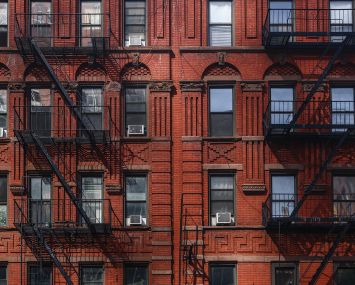Times Square South: The Evolution of a Submarket
By Robert Sammons January 22, 2014 7:00 am
reprintsSmack in the middle of Manhattan there lies a district that has undergone such a metamorphosis that NGKF has seen fit to change its name. That district is Times Square South, formerly called Garment. As NGKF defines it, the borders are essentially Fifth Avenue west to Ninth Avenue and West 41st Street south to West 35th Street.
The 165 buildings within those borders contain some 35.5 million square feet of inventory. That inventory has seen its availability decline sharply since the “great recession,” falling to its current 8.6% from 15.6% – almost in half – since topping out in the second quarter of 2009.
A big part of Times Square South’s makeover certainly has to do with its newfound popularity among non-garment corporations (aka TAMI – tech/advertising/media/information). The types of office buildings generally found in the district – a mix of older renovated and non-renovated brick and mortar structures – is very appealing to TAMI tenants. That said, one can’t discount the continued popularity from firms in the fashion business.
Of course, it makes it easier to attract tenants when the average asking rent is lower than any other submarket in Midtown South. The current figure is $43.05/SF, up from its lowest recent figure of $33.02/SF in the first quarter of 2011, though not back up to its pre-recession peak of $52.30/SF in the fourth quarter of 2007. The average asking rent for Times Square South also remains well below the Midtown South figure of $50.28/SF as well as the Midtown figure of $63.61/SF.
Convenience also plays a big factor in the district’s popularity. Times Square South is surrounding by mass transit hubs with the Port Authority Bus Terminal at its northwest corner, Penn Station just to its south, and Grand Central Terminal just to its northeast.
Expect the neighborhood to continue its transformation moving forward thanks to its proximity to the booming Hell’s Kitchen neighborhood (residential/retail) and, of course, the quickly developing multi-faceted Hudson Yards swath.


